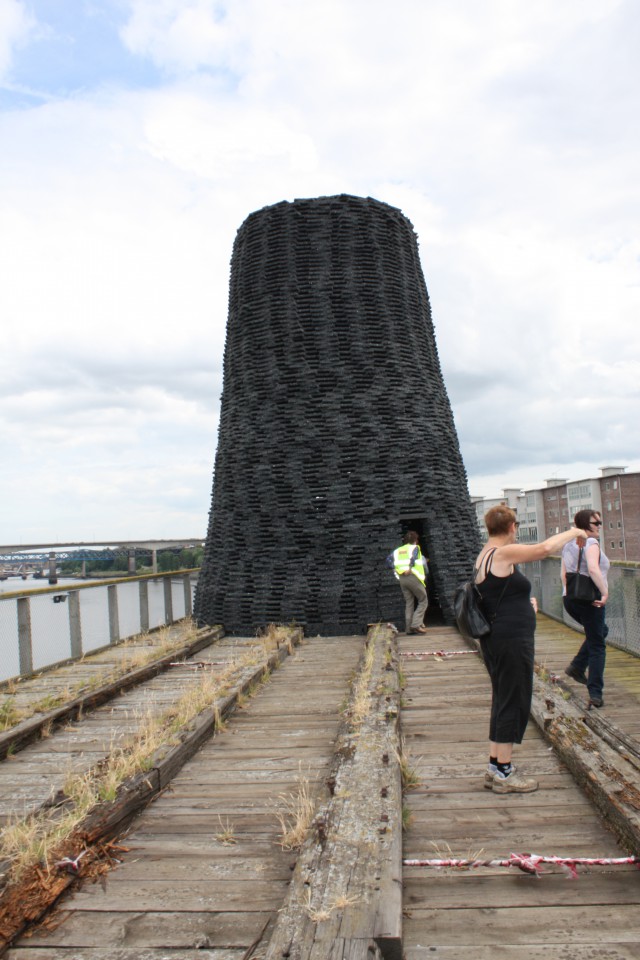Prof. Simon Guy and Dr. Angela Connelly will be presenting their initial research around the Jetty Art Project at the Royal Geographical Society-Institute of British Geographers (RGS-IBG) in London on Friday, 29th August.
The title is Art and Sustainability: Design in the Making, which will be delivered in a session entitled ‘Complicating the co-production of art: Hidden humans and acting objects’.
Paper Synopsis
Howard Becker defines art as a cooperative endeavour since it: “involves the joint activity of a large number of people.” (Becker 1982: 1) More recently, Tim Ingold has argued that it is important to focus on the creative processes of making, rather than evaluating the art object, in order to uncover how things and people correspond (Ingold 2013). Both authors complicate ideas about what art does and who is involved.
The AHRC-funded Jetty Project takes the Grade II listed Dunston Staiths as its focal point: a remnant of the coal industry in Gateshead, now without a function. Wolfgang Weileder, Professor of Contemporary Sculpture at Newcastle University, is leading the creation of temporary art pieces at the site. The work aims to contribute to debates about urban sustainability and to reignite interest in a piece of ‘difficult heritage’.
This paper will account for the different actors enrolled in the making and unmaking of one project. Such actors are human: structural engineers, college students and artists. They are also non-human: the Staiths, timber and rare birds. We describe the role that each plays and the ties that bring together human and non-human in the process of conceiving and making art. We present a distinctive view of how the artist operates through these relations and offer some tentative conclusions on the conceptualisation of human and non-human actors in geographies of art.




